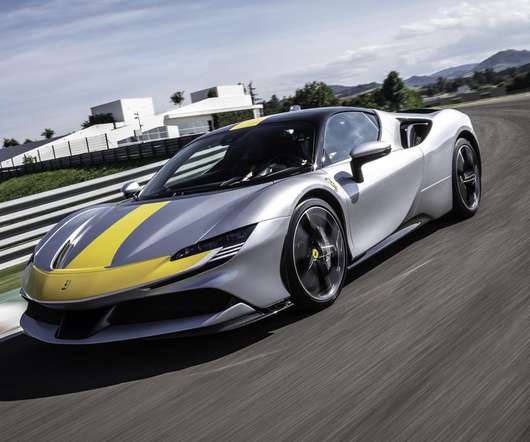XL1 dive and drive: Volkswagen aggressively optimizes for efficiency in its sleek diesel plug-in hybrid
Green Car Congress
JUNE 24, 2013
The XL1 is aggressively optimized for efficiency in all areas of its design and technology—from materials (carbon fiber reinforced polymer monocoque); to powertrain (0.8L Volkswagen has begun limited production of the XL1; 50 units are being built initially, with 250 slated for build. Initial visual impressions.











Let's personalize your content